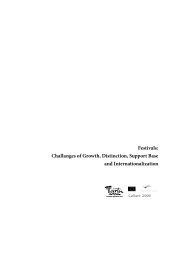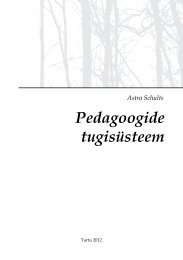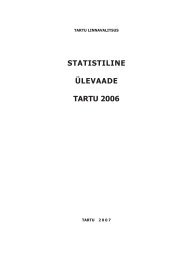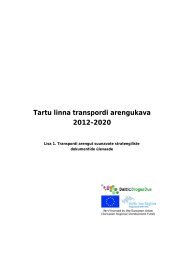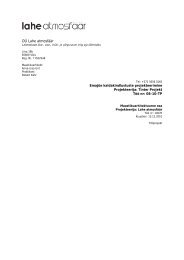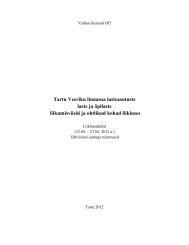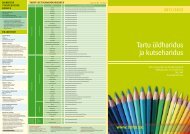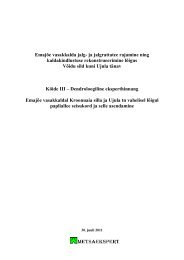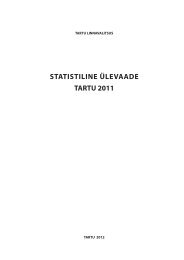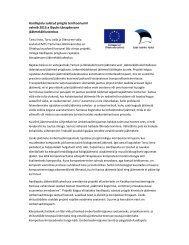Festivals - Fondazione Fitzcarraldo
Festivals - Fondazione Fitzcarraldo
Festivals - Fondazione Fitzcarraldo
You also want an ePaper? Increase the reach of your titles
YUMPU automatically turns print PDFs into web optimized ePapers that Google loves.
An opposite case is L’Automne de Paris, a much stretched, almost 3 months long affair,<br />
more an internationals season then a compact festival, with featured productions running<br />
along all the standard venues and companies. It is meant as an extra programming<br />
layer to what already exists in Paris and not only in terms of domestic production<br />
but also in addition to a steady international programming such as Odeon, Théâtre de<br />
la Ville, Bobigny or Théâtre de la Bastille systematically provide throughout<br />
the season. L’Automne de Paris is an expression of political will of subsidy givers more<br />
than a matter of special programming urgency, closing some existing gaps. On the<br />
Dutch island of Terschelling in the Northern Sea the Oerel festival for over 20 years<br />
mobilizes the entire community of residents, some 2000 people, and a series of international<br />
environmental productions, squeezed into 2 weeks and 3 weekends, brings<br />
some 60.000 visitors. The festival has become the key factor of the tourist appeal of the<br />
island and is responsible for a huge part of its economic turnover. Through day and<br />
night, rain or shine, visitors cross the island on bicycles and on foot to watch productions<br />
in the dunes, on the beach, in the barns. Once festival is gone by the end of June,<br />
Terschelling remains a popular tourist destination during the summer months but<br />
without much cultural programming . Then, from October until June, a long silence<br />
engulfs a community of ex-fishermen turned tourist entrepreneurs and festival operators.<br />
These 3 randomly chosen examples indicate that what makes the existing festival<br />
map in Europe so remarkable is indeed the diversity of festival options as much as<br />
their sameness; the festival engagement in tiny villages, small towns, medium size<br />
cities and major cultural centers; the intertwined artistic aspirations and economic<br />
expectations; the strong international dimension and the primary dependence on local<br />
resources. While the festivals as a common phenomenon and as a specific artistic<br />
endeavor certainly reveal some influences of globalization, they also articulate – at<br />
least in the very best cases – eloquent answers to the challenges of globalization, in<br />
their creative synergy of local and international elements.<br />
2. 2. · The challenge of internationalisation:<br />
why internationalize and how?<br />
30<br />
The growing international dimension of the cultural production and distribution cannot<br />
be explained only as a matter of fashion. Increased communication means and<br />
mobility, explosive raise of tourism, world markets and trade shape the general conditions<br />
for the present-day festival boom. Even though many festivals were initiated<br />
in Europe after the World War 2, the end of the Cold War in 1989 created a culturalpolitical<br />
constellation in which international festivals could prosper and operate with<br />
more autonomy from the political and ideological agendas of the national govern-



